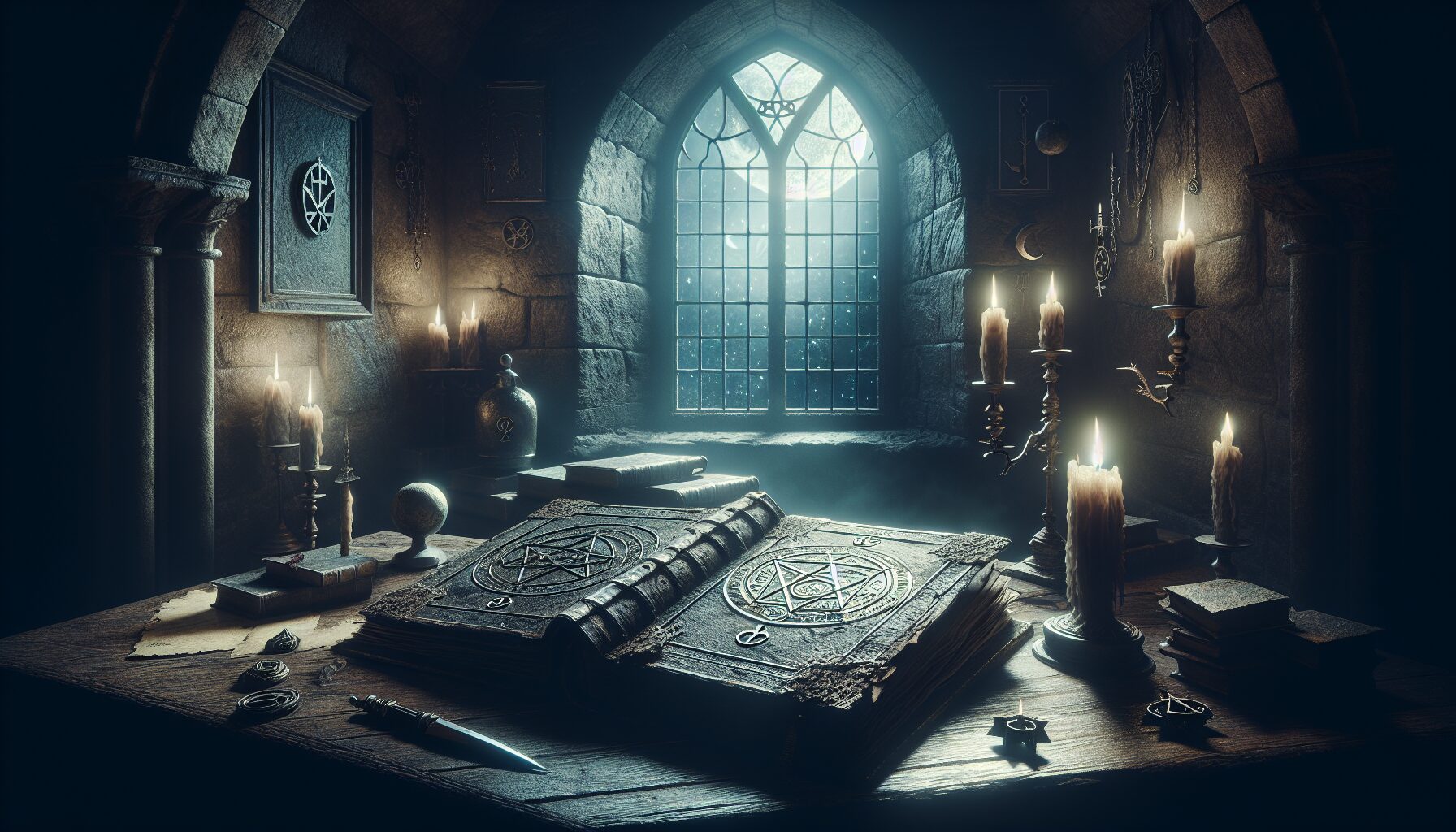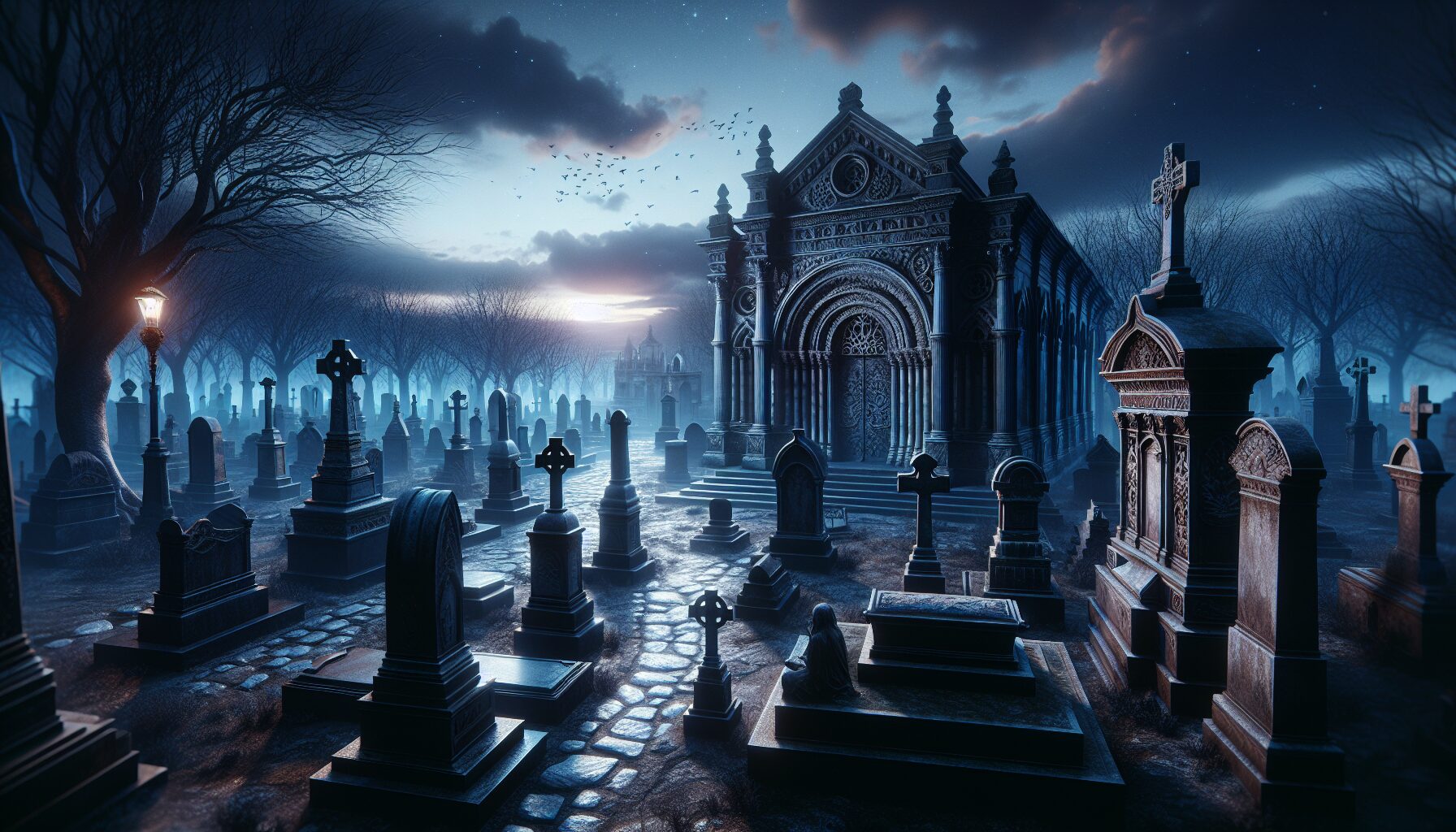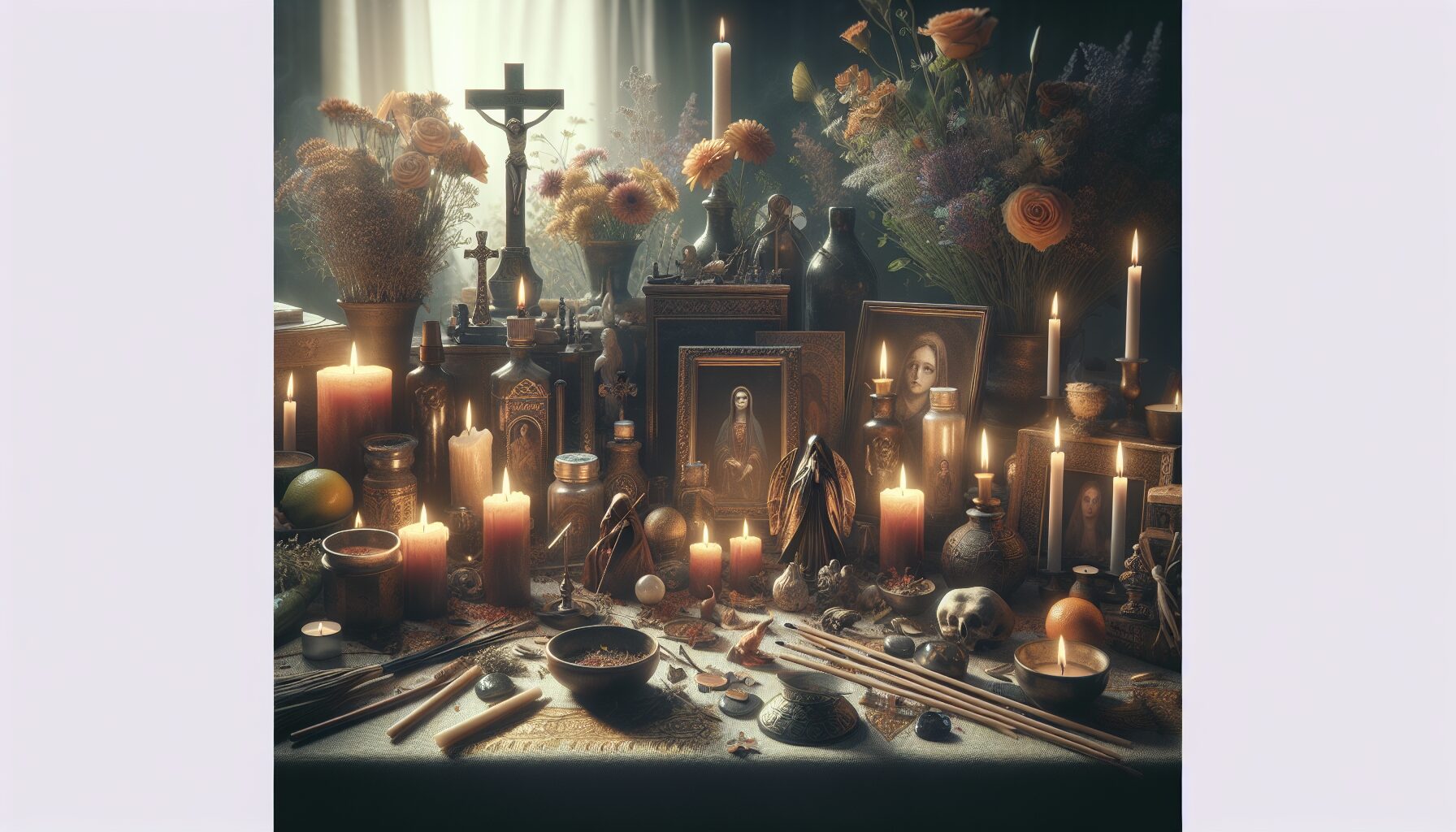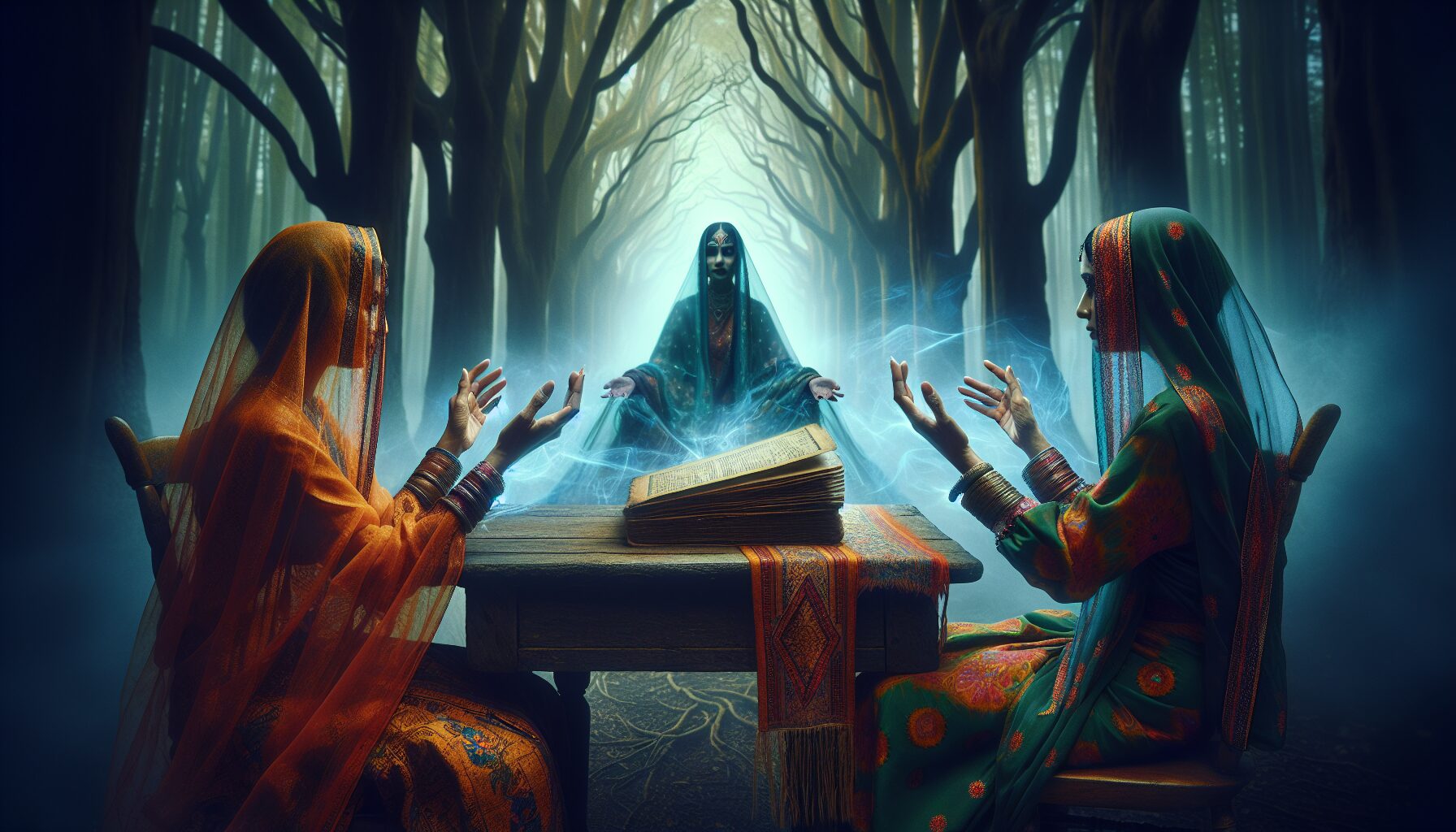In the ever-expanding universe of philosophical and esoteric literature, Angelsmorts Codex stands as a moonlit beacon for those who walk the shadowed path. This intriguing compendium invites readers to delve into the depths of dark philosophy and ritualistic practices, presenting an elaborate tapestry woven with strands of mystery and introspection.
Discovering the Nature of Dark Philosophy
At its core, Angelsmorts Codex seeks to peel back the layers of conventional morality and explore the complexities of human nature. It challenges readers to reassess the dichotomies of good and evil, offering a unique perspective that embraces the full spectrum of human experience. Here are a few foundational principles outlined in the codex:
- Embracing the Shadow Self: Building upon the ideas of Carl Jung, the codex encourages the acknowledgement and integration of the shadow self, proposing that true understanding arises from reconciling with the darker aspects of one’s personality.
- Moral Relativism: Rejects the absolutism of mainstream moral standards, arguing that ethics are subjective and vary across different cultures and contexts.
- The Pursuit of Power: Examines the nature of power not as a corruptive force but as a tool for personal growth and enlightenment when wielded responsibly.
Engaging with Ritual
Ritualistic practices form a significant component of Angelsmorts Codex, drawing on traditions both ancient and modern. The text offers a collection of rituals designed to usher practitioners into a deeper understanding of themselves and the cosmos. Key rituals include:
- Ritual of the Eclipse: Utilizes the celestial event as a metaphor for internal transformation, fostering a state of reflection and renewal.
- Sigil Crafting: Empowers individuals to craft personalized symbols that focus intent and fuel manifestation, guided by historical and cultural insights.
- The Dance of Shadows: A dynamic ritual that combines movement with meditative contemplation, aimed at harmonizing the mind and body.
Voices from the Shadows
“In Angelsmorts Codex, philosophy meets the esoteric, offering a masterful blend that challenges and enlightens. It’s a journey not for the faint-hearted but for those seeking a fuller understanding of the human condition.” – Dr. Eleanor Blackwood, Philosopher and Occultist
Ultimately, Angelsmorts Codex is more than a book—it is an invitation. An invitation to explore the abyssal depths of one’s mind and to emerge with newfound clarity and purpose. For those brave enough to accept, the journey will be just as rewarding as the destination.





